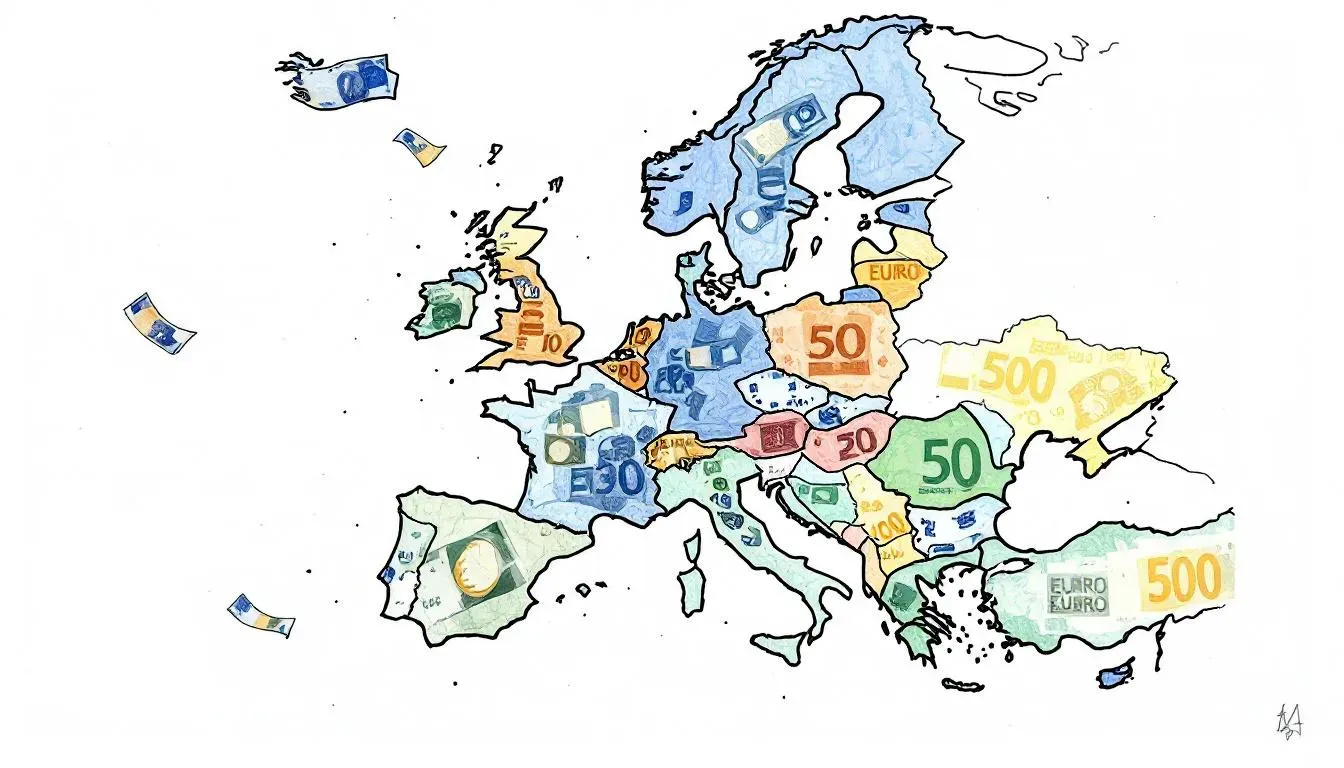Twelve Countries, One Currency

Rea,
Remember last summer when we were in France and used euros? You probably didn’t think much about those colorful bills and coins. But just 23 years ago, France used completely different money called francs.
Before 2002, traveling in Europe was like visiting different planets. Imagine if every time you visited your aunt in Oregon, you had to exchange your “Texas dollars” for “Oregonian dollars.” Then when you went to California, you’d need “Californian dollars.” That’s exactly what European travel was like. A trip from Paris to Rome meant changing money twice.
On January 1, 2002, something unprecedented happened. Twelve European countries threw away their old money and started using euros - all on the same day. France abandoned francs it had used for over 600 years. Germany gave up deutsche marks. Italy said goodbye to lira. Spain switched from pesetas.
The coordination required was staggering. Banks worked for three years preparing. They printed nearly 15 billion euro banknotes and minted over 50 billion coins. Every cash register, vending machine, and ATM had to be reprogrammed. Store owners had to learn new prices overnight.
The night of December 31, 2001, armored trucks rolled through European cities, delivering euros to banks and businesses. By morning, 300 million people were using new money. Some elderly French people kept conversion charts in their wallets for years, mentally translating prices back to the currency they’d known their whole lives.
What made this massive change possible was unprecedented cooperation. Twelve governments had to agree on everything from coin designs to security features. Countries gave up the ability to print their own money - a power governments had held for centuries.
The results were immediate. A business in France could now sell to customers in Germany without worrying about exchange rates. Students could study abroad without constantly calculating currency conversions. Travelers like us could move between countries with the same money in our pockets.
What started as a solution to the hassle of changing money became one of the largest economic cooperations in human history. Today, 20 countries use euros, and over 340 million people carry the same currency.
Sometimes the biggest changes happen when people decide to work together instead of separately. Like a group project where everyone contributes their strengths, the euro showed that countries could share something as fundamental as money and all benefit from the cooperation.
Love, Abba
P.S. Next time you use euros somewhere, look at the bills - each one shows architectural styles from different periods of European history, representing how the continent’s diverse cultures came together to create something new.

